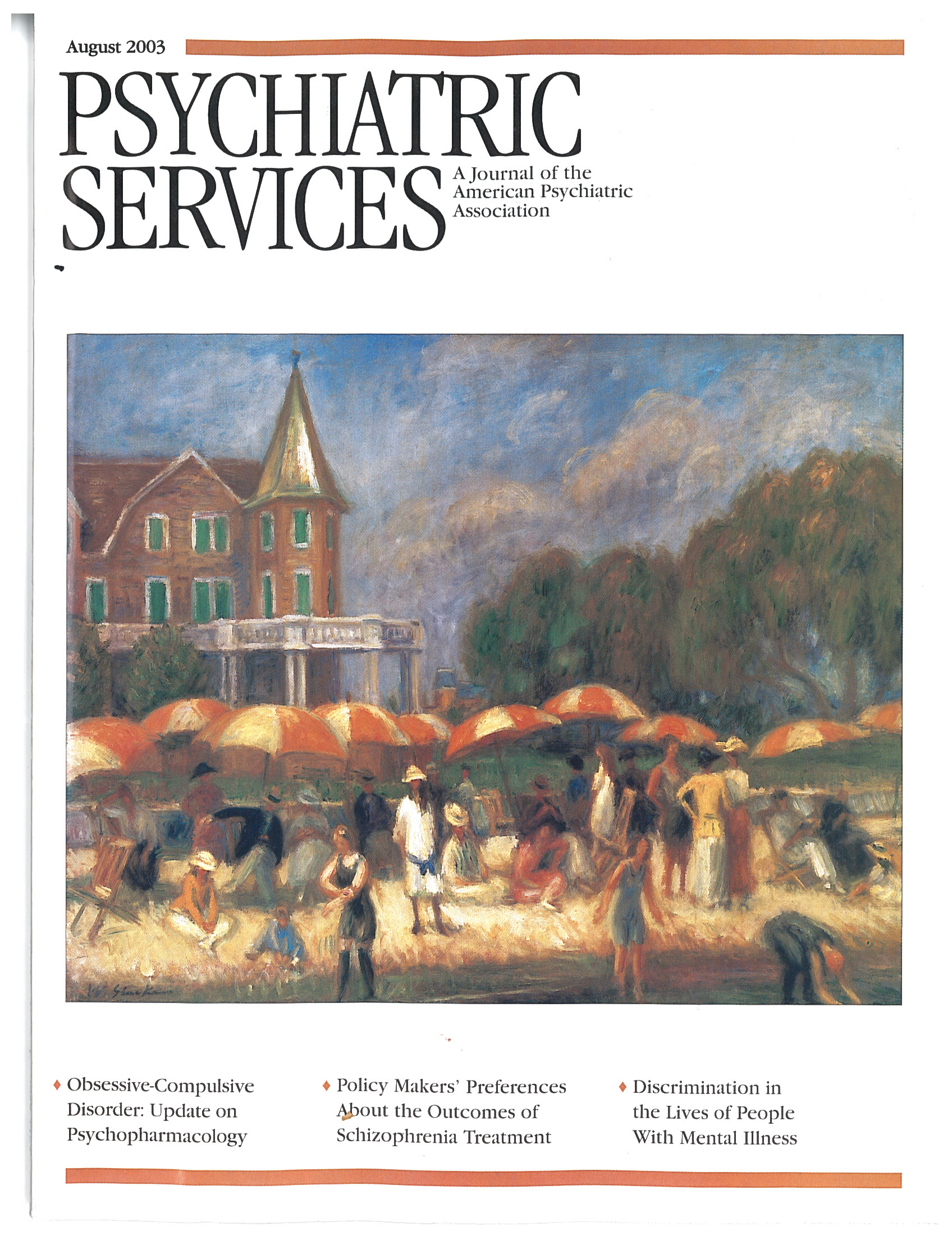Medication Errors in Psychiatry
In Reply: We are grateful to Ms. Stubbs and colleagues for apprising us of their report on medication errors and to Dr. Cohen for his comments. Ms. Stubbs and her colleagues wrote that they reviewed prescribing errors only and divided them into errors of decision making and errors of prescription writing. Their definition of a prescription-writing error is one caused by illegibility or by a mistake in transcription (1). However, when determining the root cause of an error, prescription and transcription errors must be differentiated; therefore, we used the error categories of prescription, transcription, dispensing, and administration promulgated by the National Coordinating Council for Medication Error Reporting and Prevention (2), the Institute for Safe Medical Practices, the U.S. Pharmacopeia, and others.
We agree that separating medication orders into nonpsychotropic and psychotropic adds a useful dimension. Ms. Stubbs and her colleagues claim that the drug in their study was administered in 42.1 percent of cases, and they wrote that we did not mention whether the prescribed drug had been administered. In fact, we reported in our paper that a scheduled dose was documented as administered in 39.1 percent of the cases. However, because both their study and ours were retrospective chart reviews, neither they nor we confirmed that an ordered drug was indeed administered—only that it was documented as having been administered. We agree that the use of computerized physician order entry markedly reduces prescribing errors caused by illegibility and errors in transcription (3).
The first issue Dr. Cohen addresses is whether patients take medications as prescribed. Although we share his concern, we reported on the steps antecedent to a patient's decision about whether or not to take a prescribed medication. In our study we asked: Was the right medication prescribed? Was the medication order correctly transcribed into the medication administration record? Was the medication dispensed correctly by the pharmacy to the floor? Was it given to the right patient at the right time? Were the medication's clinical effects documented?
We also share Dr. Cohen's concern that the term "patient compliance" does not reflect an ideal collaborative alliance between patient and prescriber, and we appreciate his practical suggestions to foster such collaboration and to ensure that patients are educated about the medications they are taking. We disagree with his contention that computerized physician order entry systems are unreliable because of the risk of computer crashes; the effectiveness of these systems in reducing error rates and their reliability has been demonstrated (4).
Our principal finding was that self-reporting of medication errors in a psychiatric hospital underreported errors by a ratio of 244:1. In our study an independent team reviewed the charts of 31 patients and found 2,194 errors, whereas only nine errors were self-reported. We suspect that most psychiatric inpatients receive care in hospitals that rely on self-reporting of errors, and we are concerned that many clinicians may be as unaware as we were of their patients' exposure to potential harm.
1. Haw C, Stubbs J: Prescribing errors at a psychiatric hospital. Pharmacy in Practice 13:64–66, 2003Google Scholar
2. National Coordinating Council for Medication Error Reporting and Prevention. Accessed March 19, 2002. Available at www.nccmerp.orgGoogle Scholar
3. Bates DW, Teich JM, Lee J, et al: The impact of computerized prescriber order entry on medication error prevention. Journal of the American Informatics Association 6:313–321, 1999Crossref, Medline, Google Scholar
4. Bates D: Using information technology to reduce rates of medication errors in hospitals. British Medical Journal 320:788–791, 2000Crossref, Medline, Google Scholar



